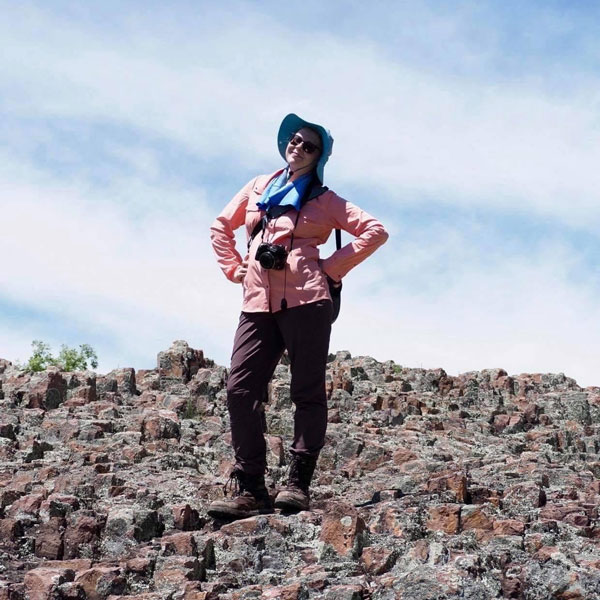
By Harlee Custer
Over this past year, many of us have wearied of stay-at-home orders, masks, social distancing, and missing out on major life events. Last March, officials reported the first 15 COVID-19 cases in St. Louis City. The rush to buy a year’s supply of toilet paper turned into food shortages and revived “victory” gardens as supply chains struggled with the rapid influx of cooking at home rather than eating out. First time gardeners tested their green thumb, many not passing with flying colors. Incorporating native plants into your garden landscape can increase crop yields; and sometimes even provide extra food themselves!
Biting into a juicy, garden fresh tomato is one of the best rewards of the season. We can only experience this with help from native bees. Tomatoes require buzz pollination services–a specific shaking of the flower to release the pollen– of native bumblebees, which honey bees cannot provide. While bumblebees are essential pollinators for tomatoes, bees require a variety of native plants throughout the growing season. To ensure you support a healthy local bumblebee population, you must have more than just your typical garden crops; our tiny flying friends are not fans of intermittent fasting.
Many food crops only flower for a short period of time, which makes it harder for native bees and other pollinators to find your garden. However, if you have plants blooming from spring to fall, the bees will remember your pollen oasis and more easily find your tomatoes. Not just any flower will do, most non-native flowers do not provide enough resources for pollinators. While garden plants benefit from the native pollinators, that help is a byproduct of the bee’s presence. Our native pollinators recognize and prefer native plants, so putting native plants near your garden is like a milkshake, but instead of bringing the boys to the yard, they attract useful pollinators. The native pollinators have a long-standing, tightly knit history with our native plants, so much so that they depend on one another for survival. A well-known example of this is monarchs and milkweed. The monarchs’ caterpillars only eat milkweed leaves; therefore, no native milkweed equals no monarchs. A similar relationship exists between native plants and other pollinators our gardens rely on.
Adding flowering native plants to your garden might seem like a waste of valuable real estate, especially in small gardens. However, there are two secrets: one, these plants can result in better, larger harvests, and two, some are even edible. I recently purchased several edible native plants to accompany my own garden; not only for their ecological and crop yield benefits, but also to have a source of low-maintenance food. Native black raspberry, golden currant, persimmon, and wild plum are some of my additions. Once established, they can provide abundant fruits that can be savored fresh or turned into delicious pies and jams!
The world of edible native plants expands further when you take a look at nuts, leaves, and roots. Hazelnut, hickory, walnut, and pecans trees provide fantastic nuts. Whereas, wild bergamot, new jersey tea, and slender mountain mint have edible leaves. Wild ginger, duck potato, and wild onion are all edible root options. Be conservative when harvesting, especially with root vegetables, so you leave some for the wildlife and to ensure future harvest. There is a wide variety of native flowering plants that can provide excellent resources for both you and your pollinating pals.
For more information about native plants and where to buy them, check out Grow Native! You could spark jealousy in your neighbors when they see your tomato plants thriving. Be sure to spill the beans on how to grow an abundance of tomatoes. You can spread your newfound knowledge, increase habitat throughout your neighborhood, and grow even better tomatoes next year. Consider adding native plants to your garden, you might find your thumb is greener than you thought.
Author Bio: Harlee Custer is a graduate student in the Advanced Inquiry Program at Miami University in Oxford, Ohio with experiential learning at the Missouri Botanical Garden. She completed this project as part of her graduate work.


